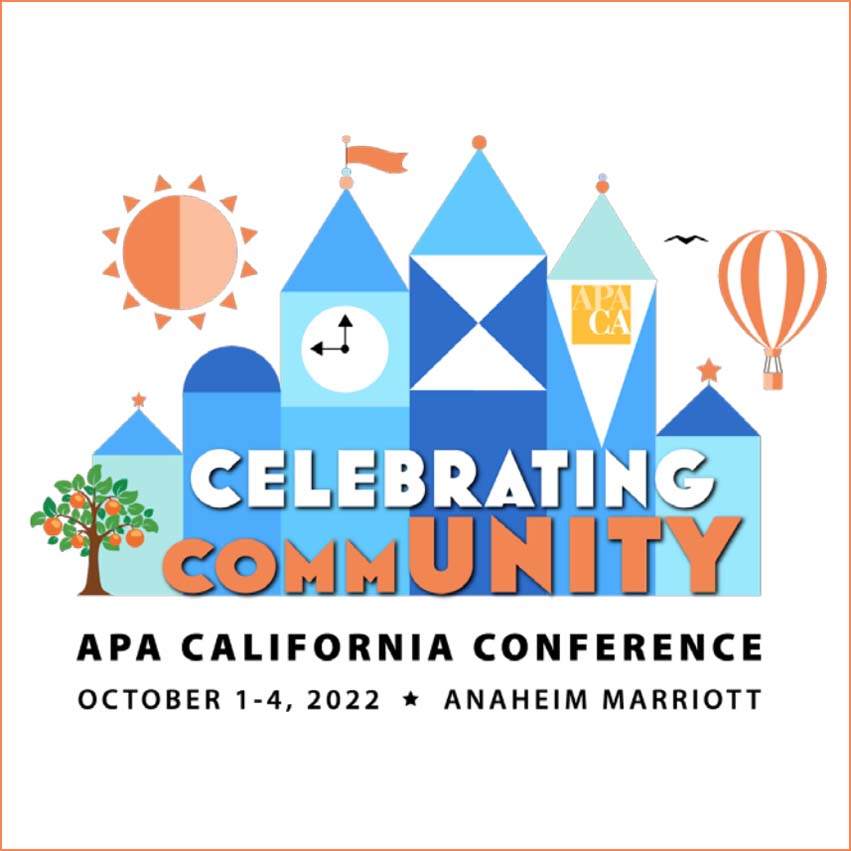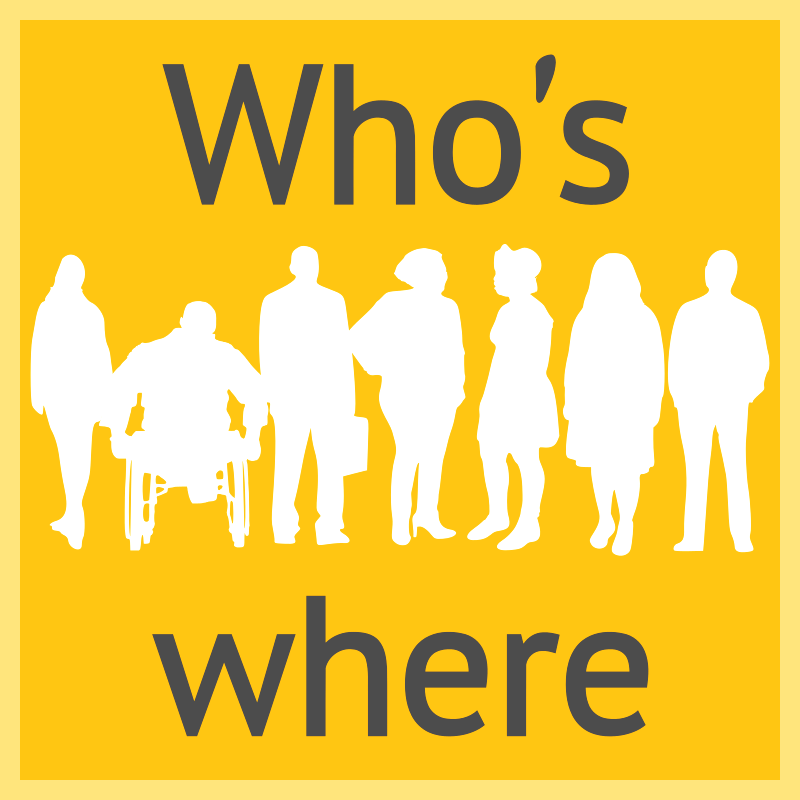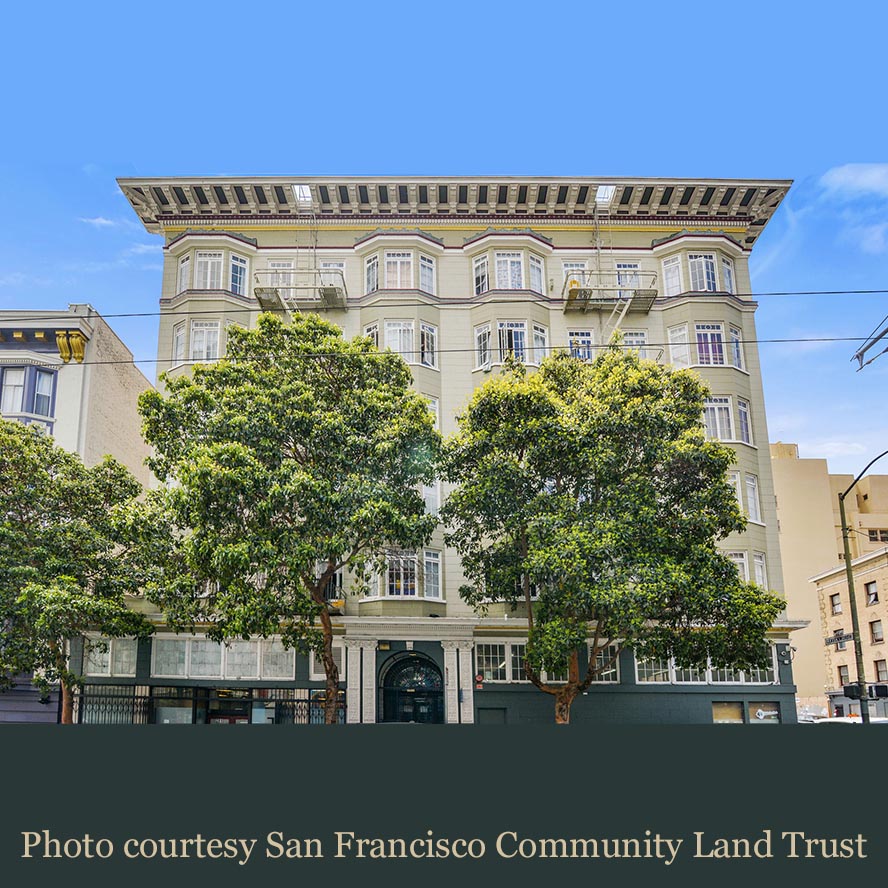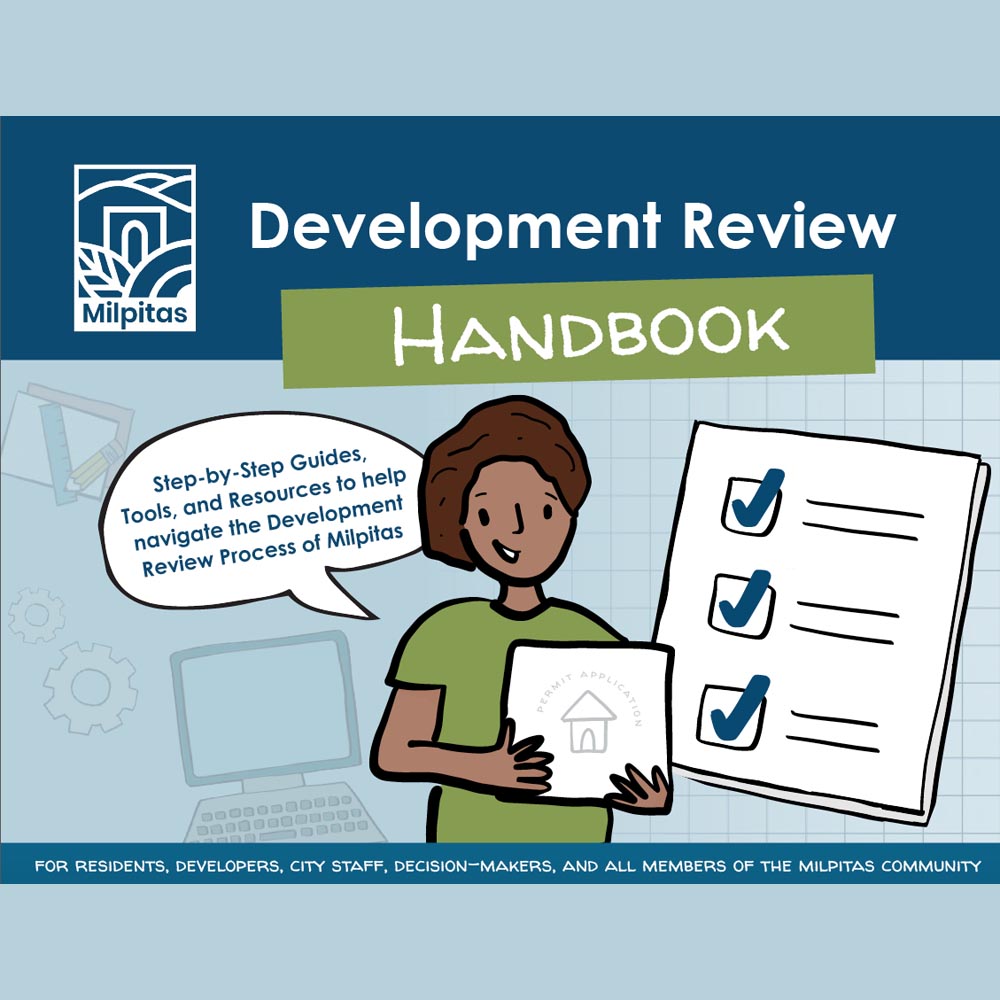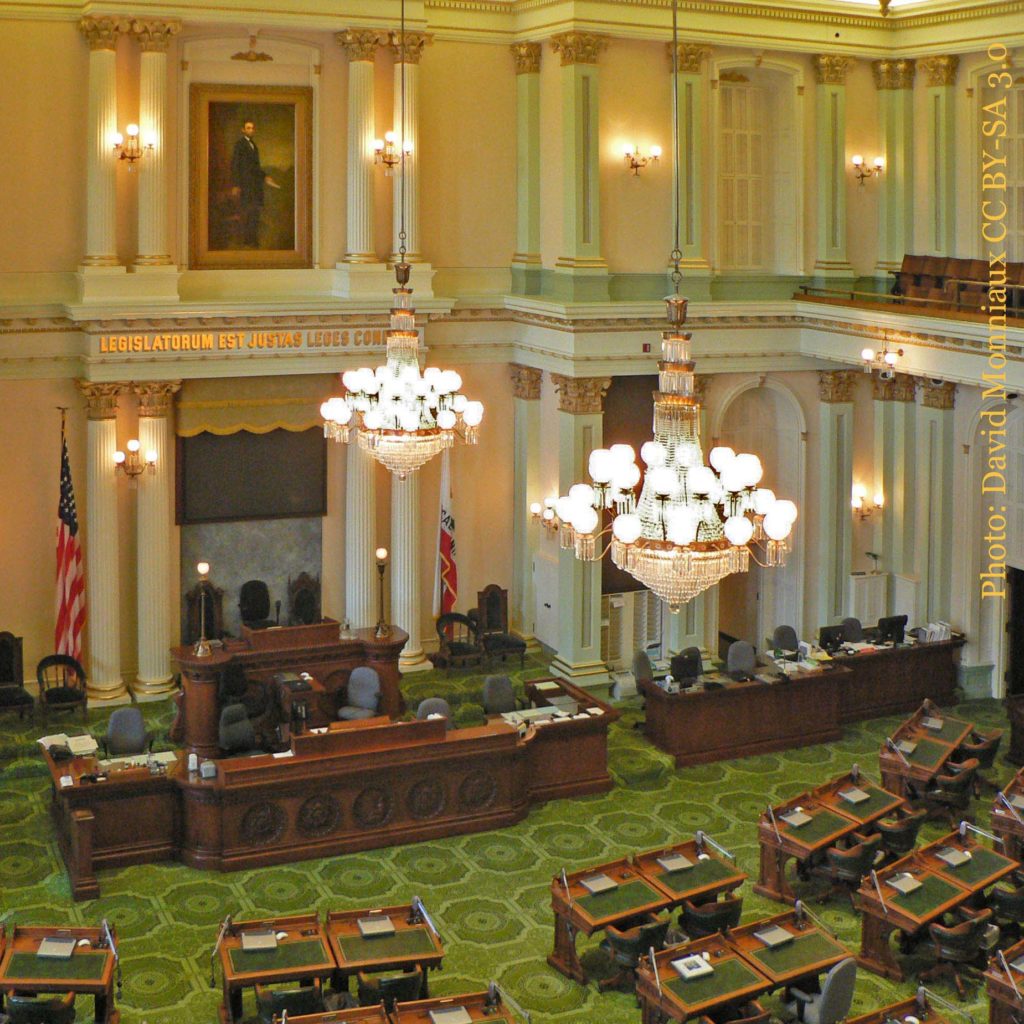Call for Session Proposals, APA California Conference, extended two weeks
Contribute to what will surely be an engaging program of sessions and activities at the first in-person conference in three years.
Call for Session Proposals, APA California Conference, extended two weeks Read More »

